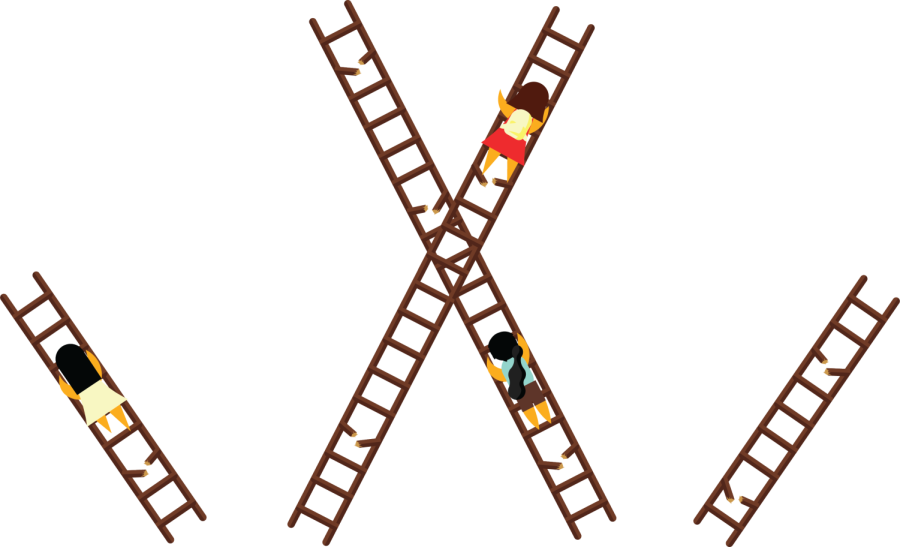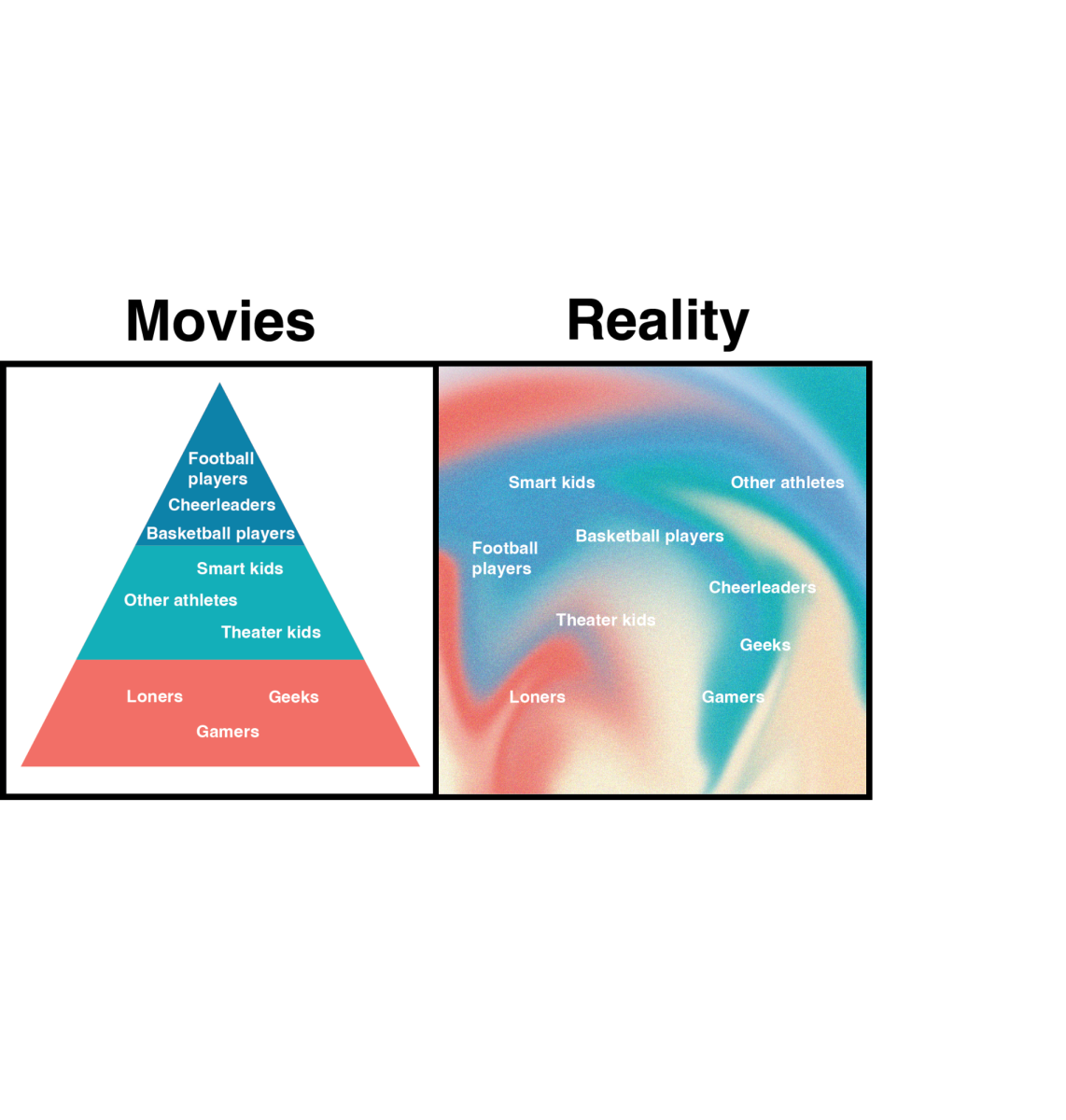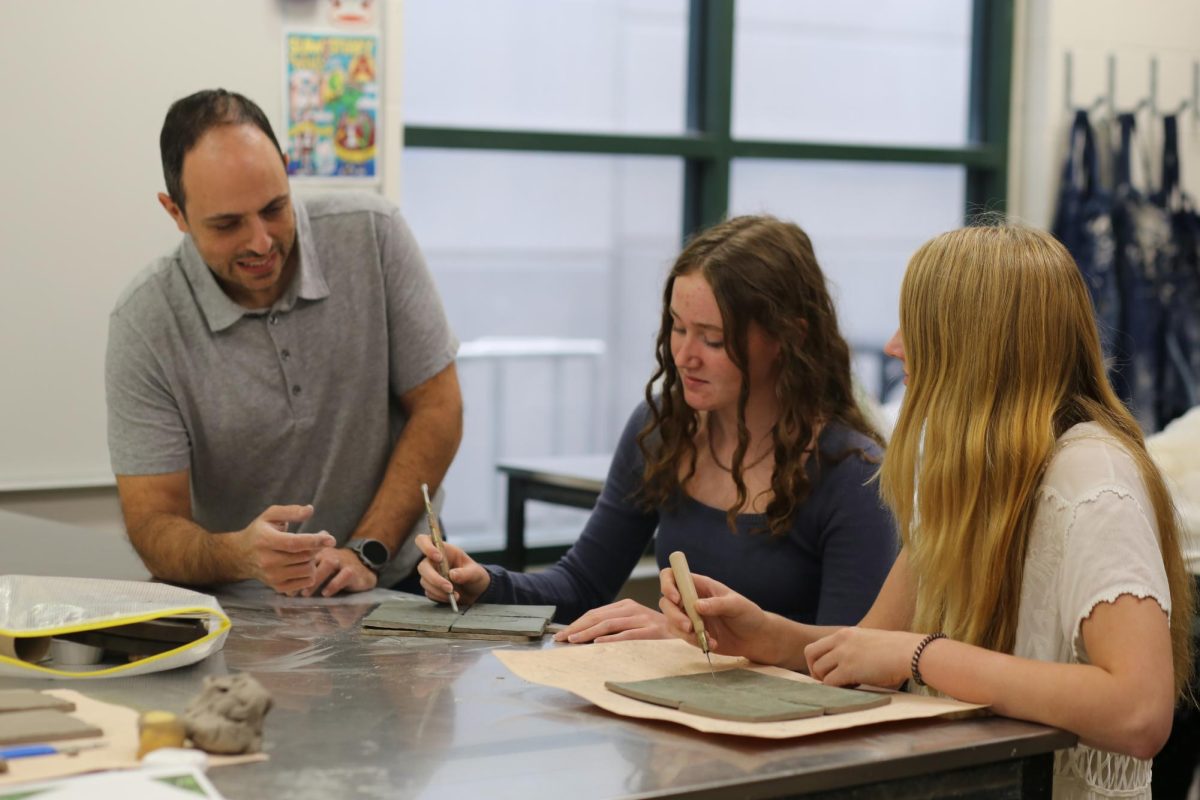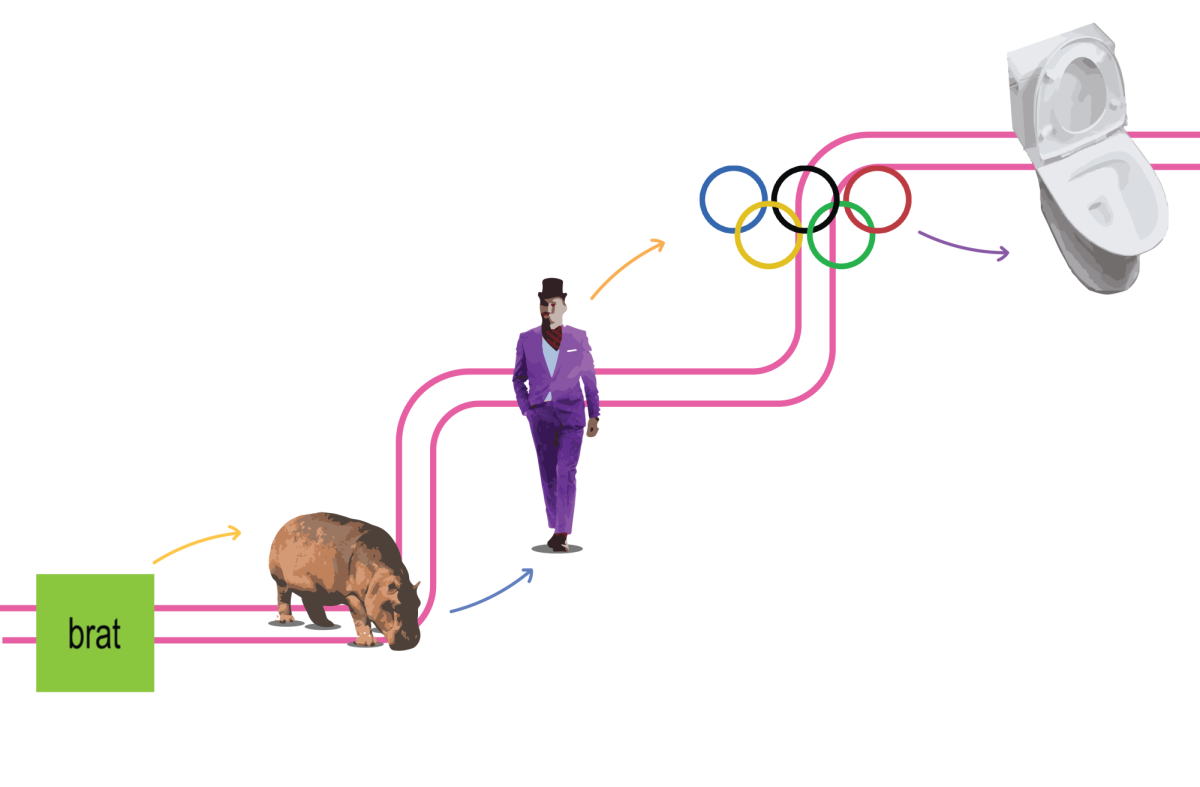Nine-year-old Inny Kim, shot off the bus when she arrived home and ran straight to the trash where she quickly disposed of her disappointing spelling test, on which she had only earned a B. Later that day, her parents found the crumpled paper and decided not to say anything. Throughout the week, they questioned her on the whereabouts of the missing test, but she was too afraid to tell them the truth. Instead she came up with various stories—it flew out the bus, the teacher forgot to hand it out, a friend grabbed it from her bag, etc. It wasn’t until a week later that she eventually broke down and confessed.
Growing up, social studies teacher, Inny Kim, played piano, was valedictorian out of a class of 500, graduated early from high school and earned her Associates in Arts (A.A) degree at the age of 15, was student council president, and attended Harvard. All in all, she fit the model minority stereotype to a T.
The model minority myth is a race-based stereotype that has been prevalent in mainstream American culture since the mid/late twentieth century. This narrative is based on the idea that Asian minorities are studious, hardworking, and successful. Essentially, the stereotype aims to paint Asians as the ‘model’ minority.
“Its a storyline that I think has been propagated mostly by mainstream white culture to describe…Asian minorities in a certain way—hard working, studious, law abiding,” said Dr. Shirly Yen, associate professor at Harvard Medical School and director of psychology training at Massachusetts Mental Health Center.
Kim’s experience is one of many among first-generation Asian immigrants, who were forced to meet the expectations placed on them by both parents and peers as a product of this idea that Asians are the ‘model’ minority.
“My parents expected me to have these high standards because that was just the immigrant mindset,” Kim said. “If I was ever going to achieve the American dream, I had to be the best. It was always, ‘Oh so you got a 90 on your test, why didn’t you get 100?’”
Like most stereotypes, the model minority is a myth— part fact and part fiction. It’s true that Asian students are over 12% more likely to attend college than their white, Hispanic and Black counterparts. However, it’s not because the students are Asian. Though 57% of Chinese-Americans have a college degree, only 15% of China’s population is college educated. The enrollment rate trends have less to do with being Asian and more to do with American immigration policy and which Asians were allowed to become American.
“The migrants who were coming in were more highly educated, and, because of that, their offspring reaped cultural and social capital,” Yung-Yi Diana Pan, Associate Professor of Sociology at City University of New York and author of “Incidental Racialization” said. “They got this capital reach to instill this drive for educational attainment because their parents are highly educated,”
For many, this academic drive also came from a need to fit in and succeed in a foreign atmosphere.
“[My] parents said ‘your English is never going to be better than the Americans, so the only thing that you’re going to be better at is math,’” Kim said. “So, I finished Calculus in 10th grade.’”
Simple childhood experiences like these grow into phenomena like the model minority myth and create concrete stereotypes. Whether perceived as good or bad, race-based stereotypes are flat identities. These stereotypes pigeonhole minorities into one category and don’t allow them to deviate.
“A person from the white racial group, they can be dynamic beings,” Pan said. “But, people from non-white communities are given stereotypes, and they’re expected to be these flat individuals.”
One of the most relevant examples in today’s society is corporate America.
“The model minority image is the assumption that Asians are good minorities, because they follow rules, because they don’t cause a scene, because they are passive,” Pan said. “So what does all that translate to? Not good leadership material…And so we see how these stereotypes become implicit biases. In the way that… a CEO might think about who they could promote.”
Despite the successful academic performance of Asians in American school systems, white men and women are still 154% more likely than Asians to hold executive roles.
According to Kim, her friend from college lived this statistic. After graduating from Harvard with his undergrad, medical degree and MBA, Kim’s friend was hired at Goldman Sachs, an investment banking company. But, after working there for years and being glossed over for numerous promotions and executive roles, he eventually left Goldman Sachs out of the realization that he would never be able to climb the corporate ladder as long as the institution continued to uphold elitist structures.
Kim’s friend eventually found success in the industry after leaving to create his own startup, which eventually became a top private equity firm valued at $800 million
In companies, like Goldman-Sachs, where you have to know the right people, have the right connections, and come from a certain background. It can be challenging for minorities to get their foot in the door.
The consequences of the model minority myth go beyond just Asian Americans. By describing one minority as the ‘model’ the term implies that certain minorities are better than others. And, white supremacists have used this idea to shift the blame off of themselves.
“Many white people have used Asian-Americans and their perceived collective success as a racial wedge. The effect? Minimizing the role racism plays in the persistent struggles of other racial/ethnic minority groups,” writes NPR’s Kat Chow in her article, “’Model Minority’ Myth Again Used As A Racial Wedge Between Asians And Blacks.”
This storyline has major flaws, which are later expanded upon in Chow’s article. The narrative of the model minority myth not only disregards the selective immigration process that has played a huge role in Asian-American success, but it also tries to cultivate this idea that centuries of racism can be defeated if minorities just work hard enough, which simply isn’t true.
However, at the end of this very dark tunnel, a new generation offers light.
“I do feel like the model minority myth is becoming slightly less prevalent,” Kim said. “I know a lot of my friends who had parents like mine…are not imposing the same expectations on our children. Yes, you still have to do well in school. But, you don’t have to be the best, you don’t have to be number one…It’s more important to be happy, creative, [and] kind,”















